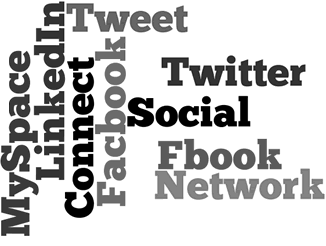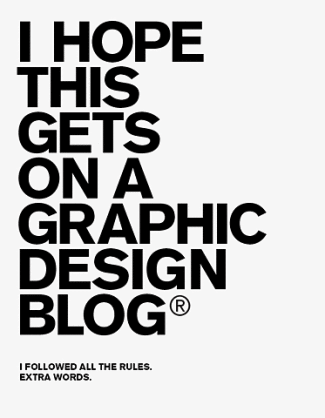Designing User Experiences for Social Traction
 Fri, October 30, 2009 at 5:10 PM in
Fri, October 30, 2009 at 5:10 PM in  User Experience
User Experience Designing user experiences.
Take a look at this post from one of the founders of Posterous on how they designed their user experiences to start with interaction and only then move on to account creation:
Being able to post to Posterous without an account was something we designed for from day one, even before the name "Posterous" existed. I didn't want there to be hurdles like registration forms and email confirmations for new users.
Emailing to Posterous without an account is actually great for us in a couple different ways. First is the typical "try before you buy" scenario. It makes more sense for a user to *use* the service and see how great it is, before we ask them to sign up. But obviously, most of our users do eventually sign up to get access to all our advanced features.
But sign-up free posting is also great for group sites. When you setup a group Posterous site, you add contributors by adding their email address in site settings. Those people can now email post@sitename.posterous.com with no account. We do see these people engage with Posterous in the long term with no account, especially users who aren't tech savvy.
Using Posterous without an account isn't just some gimmick we did with email, it's something we believe in through and through. Registrations forms and other hurdles slow down adoption. We want to prove to you how valuable our service is *before* we ask you to sign up. That's why we allow this flow not just through email, but through our Twitter posting API and even our iPhone application.
 Post a Comment | | tagged
Post a Comment | | tagged  Design,
Design,  UX,
UX,  User Experience
User Experience 




